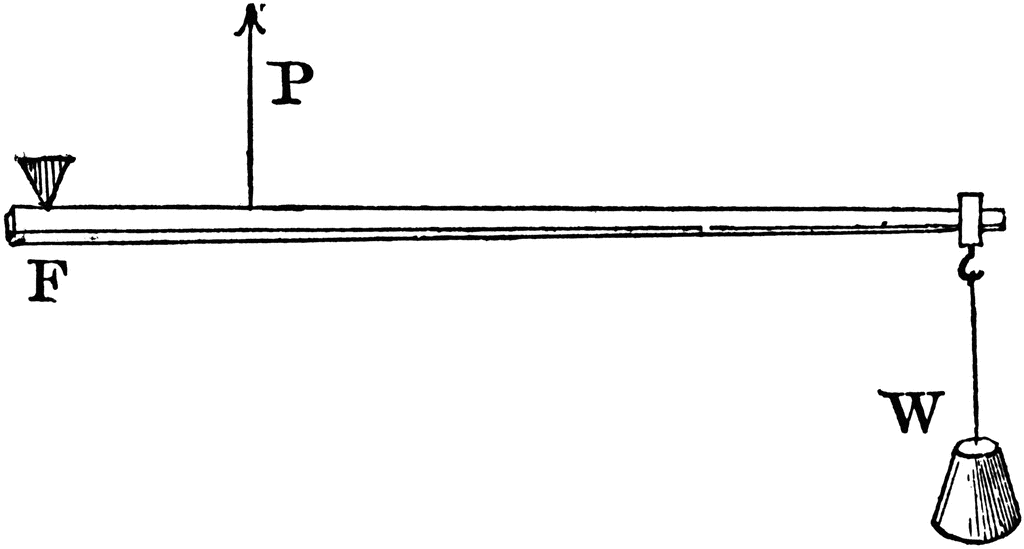Somewhere I've seen it mentioned the idea of using a block hanging by a string to chock the bottom of the vise - slide it in place and it does the same job as the parallel guide. Give it a couple different dimensions and it works as two pin settings. Add another block hanging by a string for more combinations. You can still keep the holes in the parallel guide and a pin for when the jaws get opened wide. The same principle as using a spacer on the other side of a bench vise, just making the racking work for you, not against you.
As Wilbur has said, with the pin in the right place, one setting probably works for most of your stuff.





 Reply With Quote
Reply With Quote









